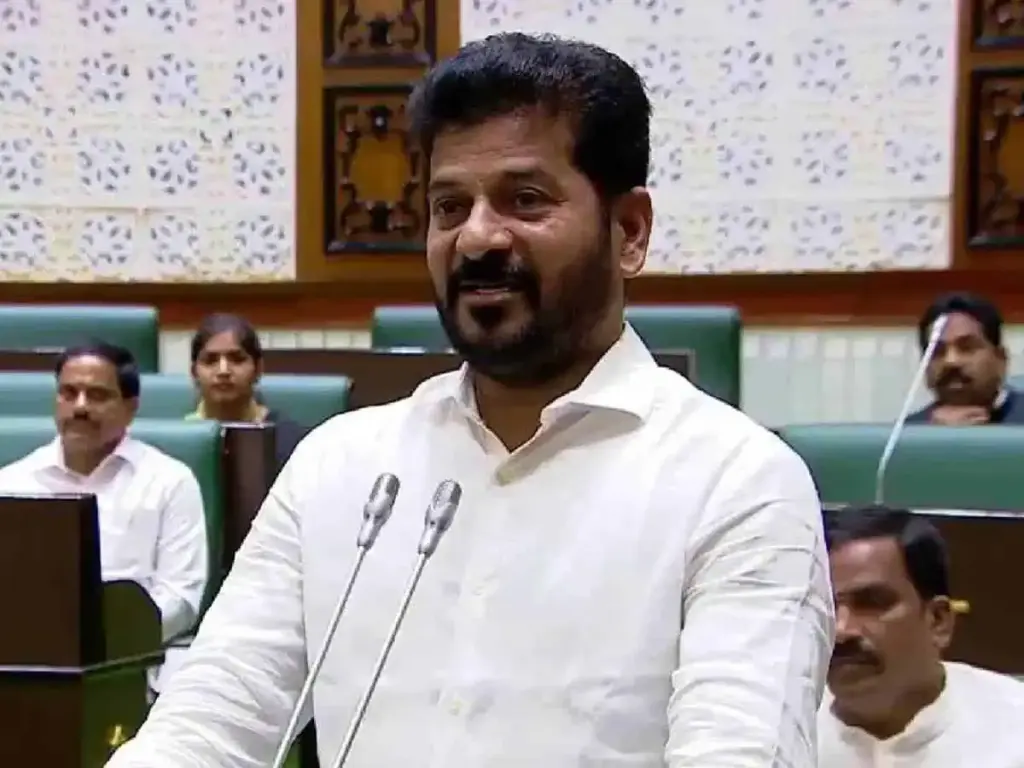 The latest Ramcharan Teja starrer in Telugu, “Vinaya Vidheya Rama” (VVR), which opened on Pongal all across Andhra Pradesh, is a deeply offensive film on every possible level. It insults the female sex by lewdly objectifying the heroine Kiara Advani.
The latest Ramcharan Teja starrer in Telugu, “Vinaya Vidheya Rama” (VVR), which opened on Pongal all across Andhra Pradesh, is a deeply offensive film on every possible level. It insults the female sex by lewdly objectifying the heroine Kiara Advani.
It also insults the audiences? basic intelligence by taking the most outrageous liberties with time and space. To give an early indication of the film’s topographical tyranny, in one sequence, the film’s super-duper-hero Rama crashes out of an airport’s check-in lounge, jumps on a speeding train-top from Gujarat which takes him to Bihar to save his brother.
Don’t ask how Rama is able to time his furious travel plan with the Bihar train timings. I think it was Dharmendra who first balanced himself on a speeding train roof to avenge the wrongs done to his onscreen family in “Yaadon Ki Baaraat”. If he saw Ramcharan Teja’s loco-motivated homage to that old spirit of dada-giri Dharam Paaji style, Dharmendra would probably regret the day he agreed to travel ticketless.
There are many other absolutely unacceptable leaps of imagination in VVR that boggle the mind and do a great disservice to progressive cinema all across India.
As a Bihari, my biggest grouse against “Vinaya Vidheya Rama” is in the way Bihar and Biharis are shown as scruffy, sleazy, murderous bandits and outlaws. For years, filmmakers and actors in the South have complained about the way Hindi cinema depicts South Indians in a stereotypical ‘Lungi Dance’ avatar. In fact in the NTR biopic that opened this week, NTR (Balakrishna) is seen haranguing Mrs Indira Gandhi for referring to South Indians as ‘Madrasis’.
I wonder what NTR would have to say about Ramcharan Teja’s licentious lies regarding Bihar and Biharis. For one, the film’s main villain, Raja Bhai played by Vivek Oberoi, is shown to be a Bihari running his own army in “Bihar” or what passes off as Bihar in this madly confounded film which knows neither its history or geography well enough to make the narrative half-way coherent.
Raja Babu is shown to bully the Bihar Chief Minister, Mahesh Manjrekar, into perpetrating the worst havoc imaginable. The tyranny gets acutely unbearable when Raja Babu kidnaps the Election Commissioner and makes him dance in public wearing ghungroos(anklets) on his feet to humiliate him.
I really didn’t get that one. Why would a dance in ghungroos be such an act of humiliation for a decent man whose nose the villain wants to rub in the ground? There are so many renowned much respected Kathak and Bharat Natyam dancers in India. Kamal Haasan and Birju Maharaja are names that come to mind.
This crass film moves forward on the strength of its own perverse definition of machismo and virility. The hero is shown literally beating up an army of ‘Bihari’ goons (all armed with guns, machets and other weapons) as the soundtrack emblasons his heroics with sounds that suggest a siren call for absolute anarchy.
My quibble with the film’s crass conflicts are with its ‘Bihar’ connections. The hinterland is replete with sandscapes and horses and outlaws who look like they are earning extra money by sneaking out of a Ram Gopal Verma action film and is no part of any Bihar that I know.
Why are Biharis considered to be so thick-skinned as to silently accept being portrayed as the worst scum of the earth? Isn’t that the image that chauvinistic political parties in Maharashtra and Andhra Pradesh favour in order to put migrants from UP and Bihar in place, namely back to their home states? And now, depicting Biharis as lumpen elements is taken to the next level. The hero must travel to Bihar(from Gujarat, on a speeding train upon which he jumps on from above) to rescue his Telugu family from North Indian pseudo-Maoists.
Recent Random Post:














